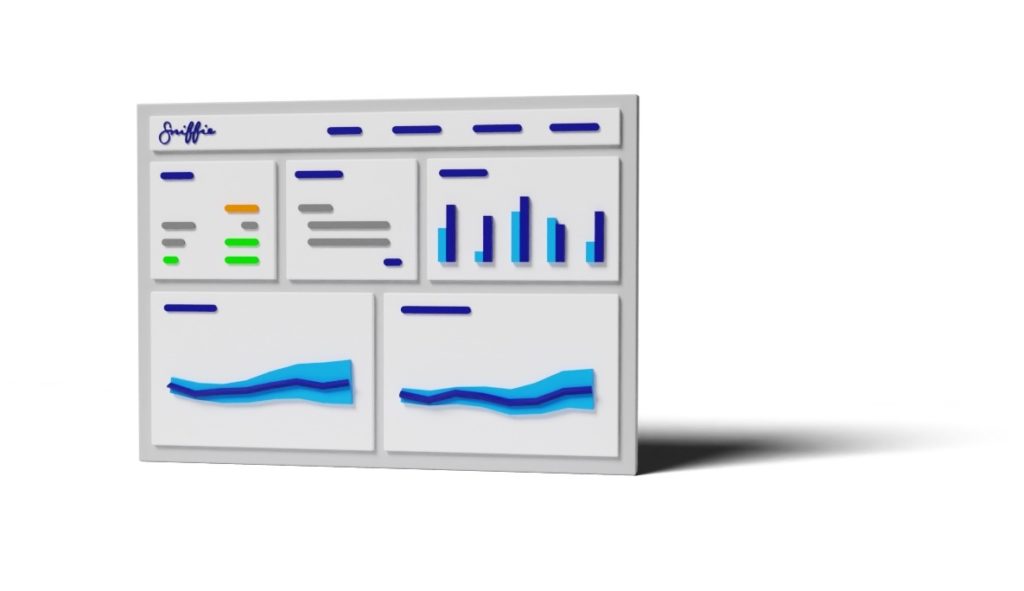What is an optimizable unit?
When optimizing your product prices with an Price Optimization like Sniffie, the most typical scenario is to optimize individual SKUs. However, sometimes profit optimization becomes more effective when you group SKUs into bigger optimizable product groups. Let’s explore the different options.
Optimizable product or optimizable product group refers to a single SKU or a group of SKUs whose price is optimized with an AI-based pricing tool.
To start with, it is not mandatory to group products into an optimizable product group. If the sales volumes of an individual SKU are high enough, the SKU by itself can (and typically should) be an optimizable product.
The minimum amount of sales volume for an individual SKU to be considered an optimizable product is 0.5 sold units in a week.
Another criteria for any SKU to be considered an optimizable product is that you have to be able to change the price point of the SKU in question.
Are you in need of profit optimization?
Maximizing profitability in eCommerce is vital. We have a ready made module for optimizing profitability in our pricing tool.

When does it makes sense to group multiple products as optimizable product groups?
If the products you are selling are very similar to each other, grouping them together as bigger optimizable product groups can be a good idea instead of having them compete with each other in price. This becomes especially important, when you are optimizing profits based on demand.
Let’s say you’re selling t-shirts in five sizes and in five different colors for the same price. It is a good idea to group these five together so that all their prices change when a new price suggestion is made by our tool.
In some industries, grouping products with the same use case and similar price can be a good idea. Think about a hardware store in which they sell many different models of simple screws that are in a similar price range. No matter the model, all the screws could be grouped together to neutralize the risk for cannibalization.
A good rule of thumb is that if you have many similar products within the same price range in your product catalogue, such as t-shirts, grouping them together is often a good solution.
We at Sniffie are more than happy to help you with the process of deciding which products could be grouped together and which products should be optimized singularly.
Benefits of grouping products together into bigger optimizable product groups
Grouping products into bigger optimizable product groups has two main benefits:
First, grouping can minimize cannibalization when optimizing products that are at risk of cannibalizing each other.
Secondly, grouping allows you to price your products based on price elasticity in a situation where individual SKUs are not providing enough sales for them to be optimized efficiently.
Read more about our AI-based Price Optimization tool for ecommerce and retail businesses.
Interested in profit optimization?
Maximize the profitability of your products by setting prices that your customers are happy to pay for. See how we can help.



